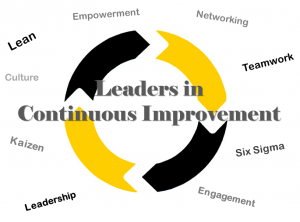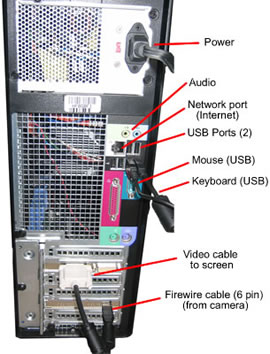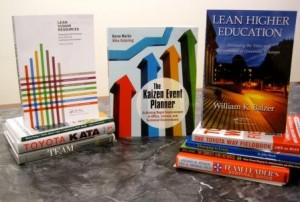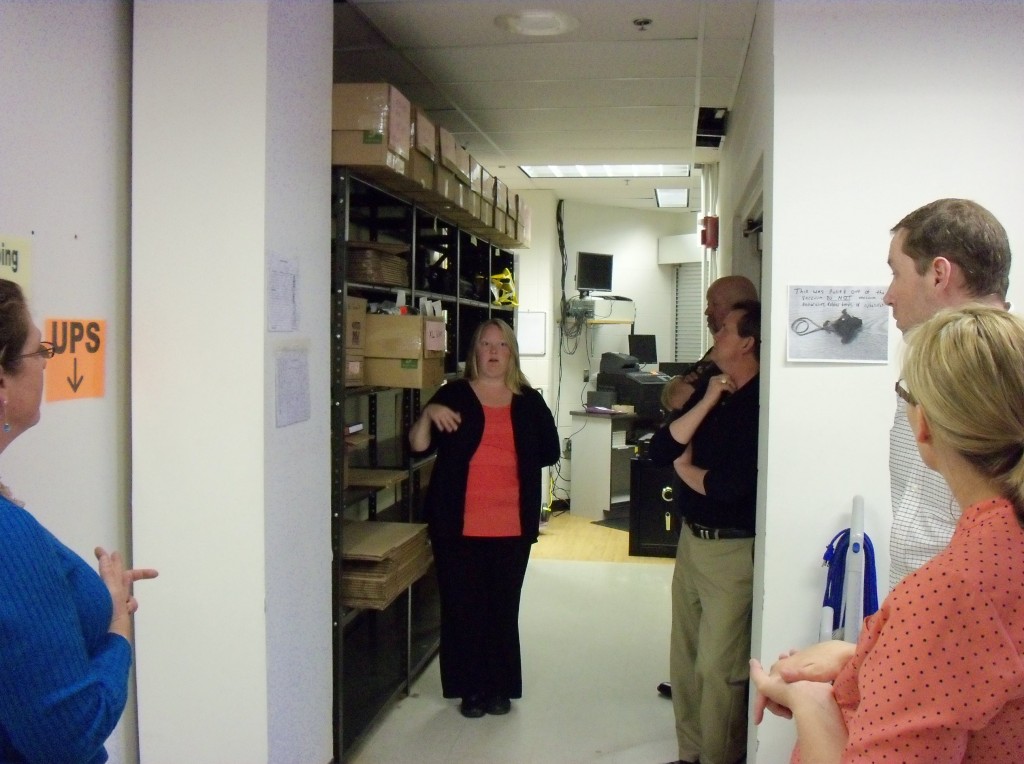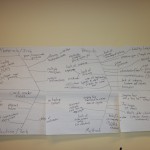Recently the Leaders in Continuous Improvement were able to participate at K-Day as well as hold their first official meeting!
At K-Day many students walked by the booth inquiring about continuous improvement, and what the new student organization will be about. Additionally there was a ball “game” that was used to demonstrate the importance of standardizing work. Players of the game had to sort balls into five different buckets, representing each day of the work week, as quickly as possible. Then, the players standardized one day – meaning that they no longer had to sort their work (balls) for that day. This exercise resulted in almost 30 additional data points for the student Process Improvement Coordinators to further improve the exercise and show the importance of standardization.
During the first meeting, The Student Process Improvement Coordinators, Kaylee, Megan, and Mike presented a Lean Overview as well as a little bit of the future goals for the organization. There was free pizza and an atmosphere of excitement. Leaders in Continuous Improvement will hold their next meeting on Monday September 23rd from 7:00-8:00pm room 101 of the ROTC building. At this meeting Industry speakers from Caterpillar and Target will be speaking about their improvement journey. This will be a great opportunity to not only gain insight into how continuous improvement is done in industry, but also to network the day before the career fair. We hope to see you there!
